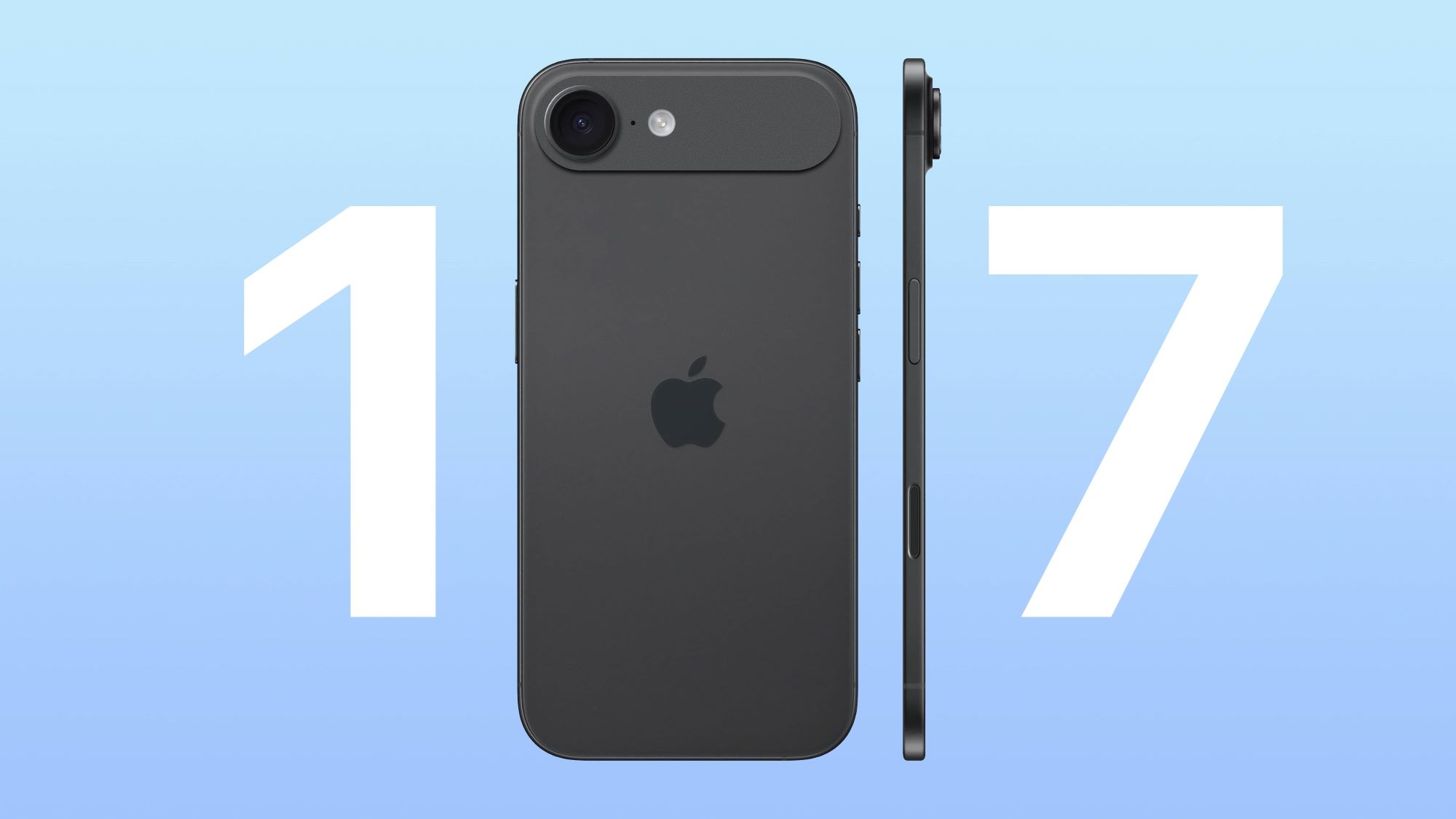In a recent revelation, Xiaomi has officially showcased the architecture of its new software, HyperOS, ahead of the Xiaomi 14 series launch event in China scheduled for October 26, 2023. This innovative system software is said to have been in development since 2017, aiming to provide hyper performance, fluidity, and seamless connectivity through a completely new architecture. The unveiling came through Xiaomi’s Lei Jun, who shed light on the comprehensive system architecture of Xiaomi HyperOS, marking a significant stride towards achieving the four fundamental goals driving its design.
Key Highlights:
- HyperOS is Xiaomi’s novel software architecture modeled to rival Huawei’s HarmonyOS.
- The architecture is organized into five layers: Hardware, Kernel, Services and Frameworks, HyperConnect, and Apps.
- It utilizes both Linux and Vela kernels, integrating services from Android as well as Xiaomi’s IoT platform, Vela.
- HyperOS promises enhanced device interconnectivity through its HyperConnect layer.
- The global rollout of HyperOS is expected to commence gradually post its official unveiling.

Diving into the architecture specifics, HyperOS comprises five layers starting with the hardware layer at the base, followed by the kernel layer which employs both Linux and Vela kernels. For the uninitiated, Vela is Xiaomi’s IoT platform based on NuttX RTOS. The third layer encompasses services and frameworks from Android as well as Vela, which will likely vary between different devices. For example, smartphones and tablets may employ Linux and Android, while IoT devices may utilize Vela. Regardless of the variation, both systems will bear the moniker ‘HyperOS’, akin to how Huawei markets HarmonyOS.
The fourth layer, dubbed HyperConnect, is engineered to facilitate communication between all devices despite the disparities in their third and second layers. The apex layer is designated for apps. Although not explicitly mentioned, it’s believed that the third layer will also accommodate GMS (Google Mobile Services) for smartphones and tablets sold outside China. Xiaomi purports that the inception of HyperOS dates back to the launch of MIUI in 2010, although the actual R&D commenced in 2017 with the introduction of Xiaomi Vela.
This architectural revelation is indeed a testament to Xiaomi’s endeavor to foster a harmonized ecosystem of devices, aligning with the modern-day exigencies of interconnectedness. The official launch of HyperOS is not just a significant milestone for Xiaomi but also a notable development in the competitive landscape of system software architectures.
Xiaomi’s HyperOS architecture is a well-thought-out blueprint aimed at enhancing device interconnectivity and user experience. As the tech world eagerly awaits its official unveiling, HyperOS is poised to usher in a new era of seamless connectivity and interoperability among devices.



